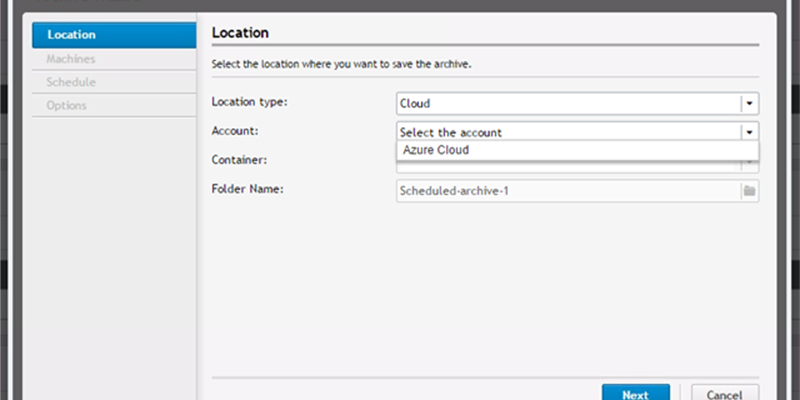How do I get my data offsite?
One of the most important items in a good backup and disaster recovery strategy is making sure that data is redundantly stored at a location beyond just the primary site. It’s important because, if something happens to our primary site, we want to be able to recover the data from a secondary site.
Some organizations have more than one brick-and-mortar location with IT infrastructure, so it is an easy decision to replicate backups between those locations to achieve redundancy. However, other organizations are limited to having a single location or only one location that has IT infrastructure, making replication impossible or, at the very least, requiring a significant investment in physical hardware.
Another dilemma I often encounter with customers is that they are able to replicate to another site, but the secondary site is too close geographically. It is not uncommon to hear that replication is being sent upstairs, to a building across the street or to a secondary location across town. This is better than nothing, but I encourage customers to get their data offsite to a location that is as geographically disparate as possible. This minimizes the risk should an earthquake, tornado or other disaster strike.
Organizations faced with these scenarios can employ several different strategies:
- Archive to portable physical media (such as USB external hard drives or tape), and take the physical media to a secondary location such as a bank vault, an Iron Mountain facility or even the home of an IT staff member.
- Archive to the cloud.
- Replicate to the cloud.
Archiving to Azure
A strategy that is gaining a lot of momentum lately is setting up archiving and/or replicating with Quest Rapid Recovery to the Microsoft Azure cloud.
Archiving to Azure with Rapid Recovery involves setting up an Azure storage blob. You are essentially only required to pay for storage in the Azure cloud to do archiving. Archives are copies of recovery points (backups) that are uploaded into the Azure storage blob. The archives are written in a portable, compressed and deduped state with the ability to be downloaded and imported back into Rapid Recovery should the need arise to recover the data from the Azure cloud because of something happening at the primary on-premises location.
Replicating to Azure
Replicating to Azure with Rapid Recovery requires that storage and compute be purchased in Azure, which means it will cost more than archiving alone. The added benefit of replicating to Azure is that backups are contained within a running Azure cloud instance of Rapid Recovery. So if a recovery is needed, the data does not have to be imported before a restore operation is initiated, which means you’ll be able to restore faster.
Rapid Recovery combined with Azure is becoming a popular choice for our customers who are looking for a cost-effective offsite data storage location or cloud disaster recovery capabilities, such as the ability to export a virtual machine directly into Azure for maintaining business continuity in the wake of a disaster.



